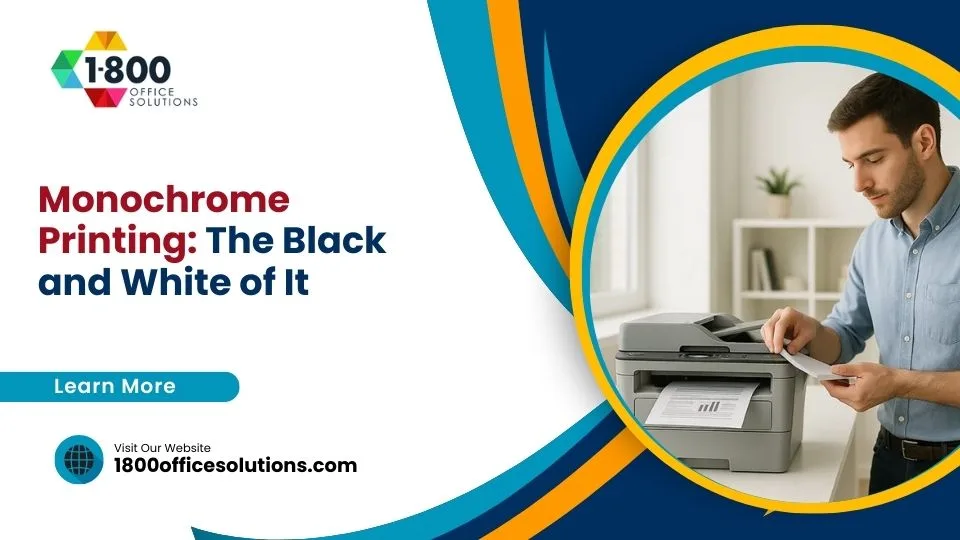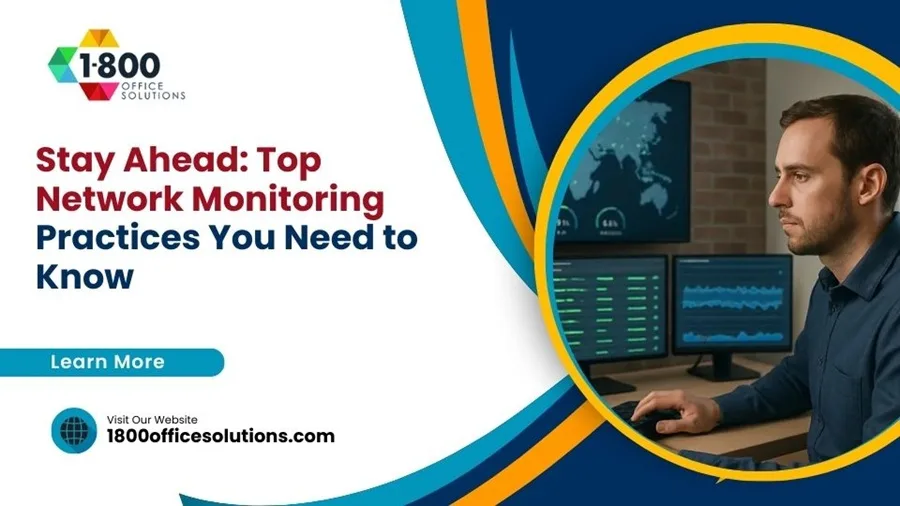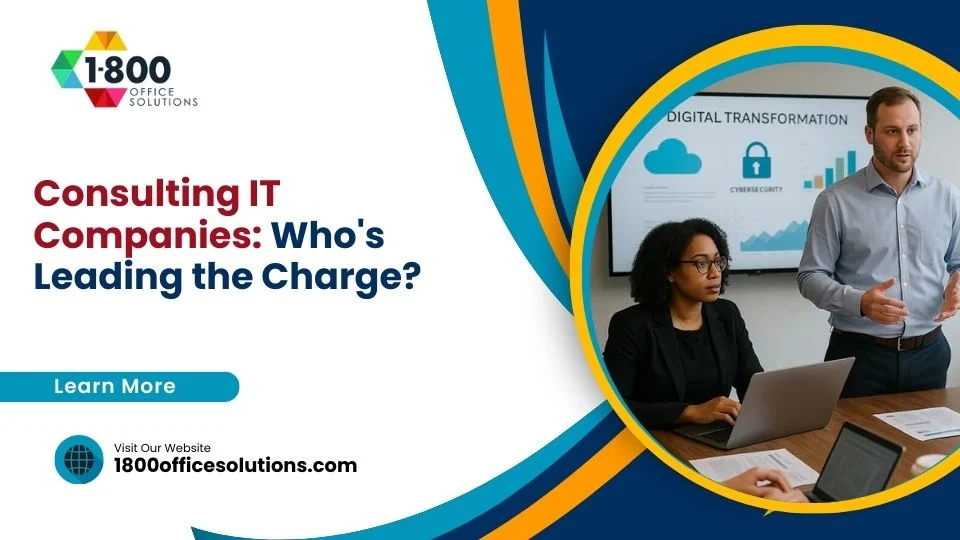Healthcare Email Security: A Prescription for Data Protection
Email security for healthcare is crucial to protect patient data and ensure HIPAA compliance. In today’s digital landscape, healthcare providers face unique challenges in maintaining the security of electronically protected health information (ePHI). Here are key elements to address:
- HIPAA Compliance: Ensuring that all email communications meet the strict standards set by HIPAA regulations to protect patient privacy.
- Data Protection: Implementing robust security measures to prevent unauthorized access and data breaches.
- Response to Healthcare Breaches: Being prepared with a plan to respond effectively to any incidents of data compromise.
Email systems in healthcare must be designed to safeguard patient information. With over 133 million sensitive records exposed recently, as highlighted by The HIPAA Journal’s Data Breach Report, the need for strong email protection is clearer than ever.
The email systems you choose should integrate seamlessly with existing workflows, ensuring that improved security does not come at the cost of efficiency or usability. Failure to comply with HIPAA not only risks legal penalties but also jeopardizes patient trust and organizational reputation.
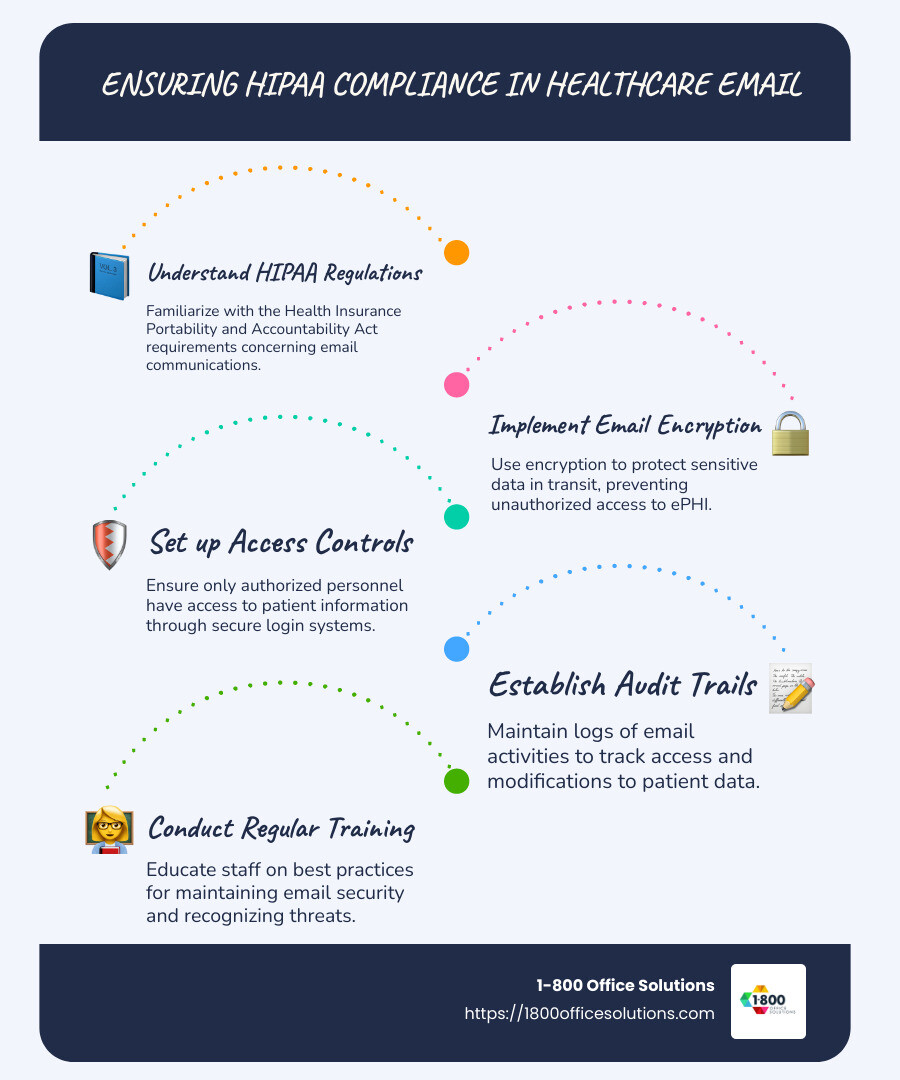
Understanding Email Security for Healthcare
In healthcare, email security is not just a technical requirement—it’s a legal and ethical obligation. At the heart of this obligation are HIPAA regulations, which set the standards for protecting sensitive patient information, known as electronically protected health information (ePHI).
HIPAA Regulations and ePHI
HIPAA, or the Health Insurance Portability and Accountability Act, is designed to ensure the confidentiality and integrity of ePHI. This includes any information that can identify a patient and relates to their health condition, treatment, or payment for healthcare services. Healthcare providers, insurers, and clearinghouses must comply with HIPAA to avoid hefty fines and maintain patient trust.
A critical element of HIPAA compliance is encryption, which protects ePHI by converting it into a code that only authorized parties can decipher. Encryption is essential because it keeps patient data safe during transmission and storage, protecting it from unauthorized access or tampering.
The Role of Encryption
Encryption is the backbone of secure email communications in healthcare. It ensures that even if an email is intercepted, the information remains unreadable to anyone without the proper decryption key. This is crucial for maintaining the integrity and confidentiality of ePHI.
Healthcare organizations should use email service providers that offer built-in encryption features or support protocols like Transport Layer Security (TLS) or Secure/Multipurpose Internet Mail Extensions (S/MIME). For instance, using Paubox Email Suite with platforms like Google Workspace or Microsoft 365 can provide automatic encryption, significantly reducing the risk of data breaches.
Why Encryption Matters
Consider this: in 2023 alone, over 133 million records containing personally identifiable information were exposed, as reported by The HIPAA Journal. This staggering statistic underscores the importance of robust email security measures.
Encryption not only helps in achieving compliance but also builds trust with patients by demonstrating a commitment to protecting their sensitive information. It acts as a first line of defense, ensuring that ePHI remains secure against unauthorized access.
In summary, understanding and implementing email security for healthcare involves adhering to HIPAA standards, safeguarding ePHI, and employing strong encryption methods. These steps are vital in protecting patient data and maintaining the integrity of healthcare communications.
Key Components of HIPAA-Compliant Email Security
When it comes to email security for healthcare, there are three critical components to focus on: encryption, access controls, and audit trails. These elements are essential for ensuring HIPAA compliance and protecting sensitive patient information.
Encryption: The First Line of Defense
Encryption is like a digital lock for your emails. It transforms ePHI into unreadable code, accessible only to those with the correct decryption key. This makes it nearly impossible for unauthorized users to access the information, even if they intercept the email.
Two primary encryption methods are used in healthcare:
- Transport Layer Security (TLS): Encrypts the communication channel between email servers, ensuring data integrity during transit.
- Secure/Multipurpose Internet Mail Extensions (S/MIME): Encrypts the email content itself, adding an extra layer of security.
Why is encryption crucial? In 2023, over 133 million records containing personal information were exposed. Strong encryption can prevent such breaches and is a fundamental requirement for HIPAA compliance.
Access Controls: Limiting Who Sees What
Access controls are like bouncers at a club—they ensure only the right people get in. In the context of email security, they prevent unauthorized access to sensitive information.
Implementing access controls involves:
- Multi-Factor Authentication (MFA): Requires users to provide two or more verification factors to access emails, making it harder for unauthorized users to gain entry.
- Role-Based Permissions: Determines who can view, modify, or send ePHI based on their role within the organization.
These controls ensure that only authorized personnel can access sensitive information, protecting it from internal and external threats.
Audit Trails: Keeping a Record
Audit trails are the security cameras of email systems. They keep track of who accesses email data, what changes are made, and when these actions occur.
Why are audit trails important? They help healthcare organizations detect and respond to suspicious activities quickly. By maintaining detailed logs, organizations can:
- Identify unauthorized access attempts.
- Monitor compliance with HIPAA regulations.
- Provide evidence in the event of a data breach.
Incorporating audit trails into your email security strategy not only helps in maintaining compliance but also improves your organization’s ability to protect patient data.
In conclusion, the key components of HIPAA-compliant email security—encryption, access controls, and audit trails—work together to safeguard sensitive healthcare communications. By implementing these measures, healthcare organizations can protect ePHI and ensure compliance with HIPAA regulations.
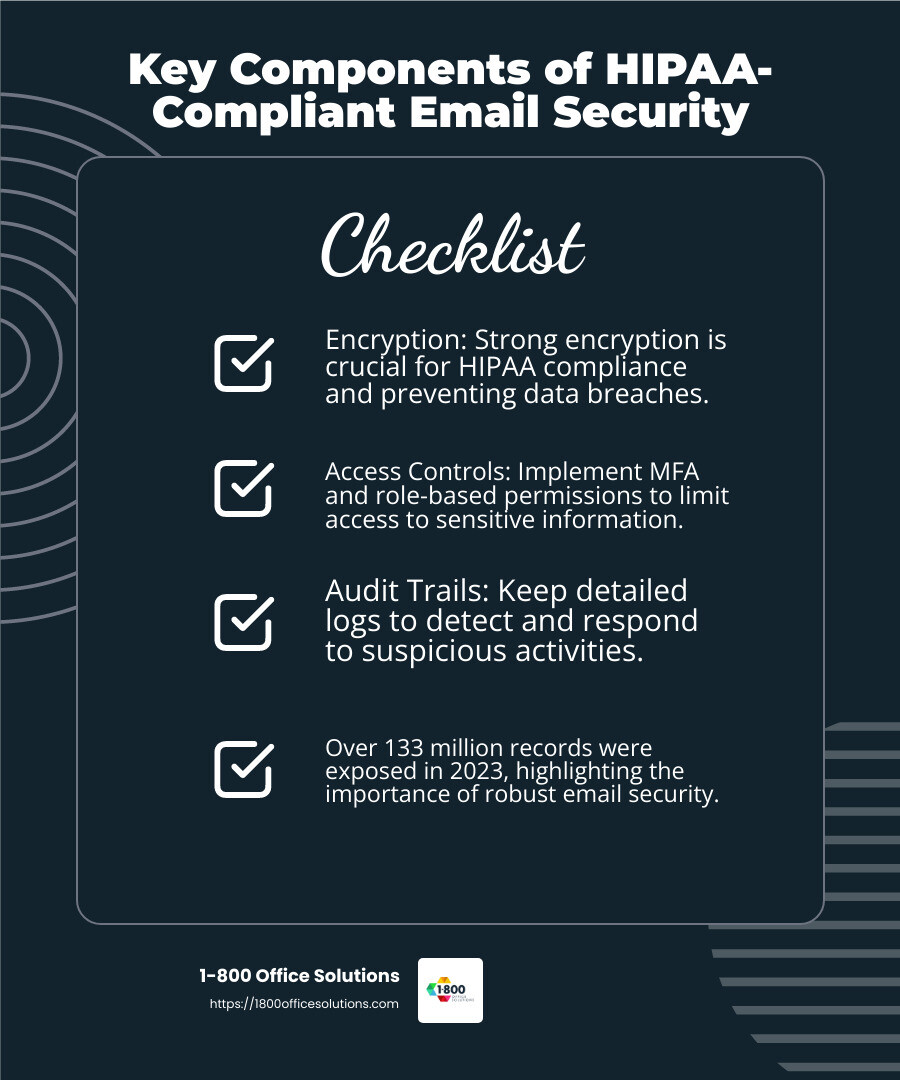
Next, we’ll explore strategies for implementing these security measures effectively within your organization.
Strategies for Implementing Email Security in Healthcare
To effectively safeguard email security for healthcare, implement strategic measures like data loss prevention, security awareness training, and a robust incident response plan. Here’s how these strategies can help protect sensitive patient information.
Data Loss Prevention: Guarding the Gate
Data loss prevention (DLP) is like having a security guard at the exit, ensuring no sensitive information leaves without permission. In healthcare, DLP solutions are crucial for protecting ePHI from unauthorized access or accidental exposure.
- Automated Monitoring: DLP tools automatically monitor email content for sensitive information. They can block, quarantine, or encrypt emails based on predefined policies.
- Policy Enforcement: Establishing strict policies for handling ePHI helps prevent accidental data leaks. For instance, emails with unencrypted PHI can be automatically flagged or blocked.
A real-world example: One billing company sent unencrypted PHI to the wrong email address, resulting in a HIPAA breach. With DLP solutions, such incidents can be minimized.
Security Awareness Training: Educating the Frontline
Human error is a leading cause of data breaches. Nearly 40% of healthcare industry breaches start with an authorized user unintentionally compromising the network. Security awareness training is vital to equip employees with the knowledge to recognize and respond to threats.
- Regular Training Sessions: Conduct ongoing training to educate staff about phishing, spam, and other email threats. Employees should learn to identify suspicious emails and know how to handle them.
- Simulated Exercises: Use threat simulations to test employees’ responses to phishing attacks. This helps in assessing risk and tailoring further training.
Consider this statistic: Almost a third of healthcare employees report never receiving cybersecurity training. Regular training can significantly reduce the risk of breaches.
Incident Response: Preparing for the Worst
An incident response plan is like a fire drill for data breaches. It ensures your organization is ready to act swiftly and effectively when a security incident occurs.
- Defined Protocols: Establish clear steps for identifying, containing, and mitigating breaches. This includes notifying affected parties and regulatory bodies as required by HIPAA.
- Regular Drills: Conduct routine drills to test the effectiveness of your incident response plan. This helps identify weaknesses and improve response times.
In one case, a 45-minute phishing attack compromised 12,000 medical records. A well-prepared incident response plan can significantly reduce the impact of such attacks.
By integrating these strategies—data loss prevention, security awareness training, and incident response—into your email security framework, healthcare organizations can better protect sensitive information and ensure compliance with HIPAA regulations.
Next, we’ll dig into top email security solutions for healthcare, exploring encryption methods and access controls that can further strengthen your defenses.
Top Email Security Solutions for Healthcare
In healthcare, email security is more than just a necessity—it’s a safeguard for patient privacy. Let’s explore some of the top solutions that can help healthcare organizations protect sensitive information.
Encryption Methods: Locking Down Data
Encryption is the backbone of email security in healthcare. It ensures that sensitive data is unreadable to unauthorized users, both in transit and at rest.
- End-to-End Encryption (E2EE): This method encrypts emails from the moment they leave the sender’s device until they reach the recipient. It’s like sending a sealed envelope that only the recipient can open. E2EE is crucial for protecting ePHI and maintaining HIPAA compliance.
- Transport Layer Security (TLS): TLS is widely used to encrypt emails while they’re being sent over the internet. It acts like a secure tunnel, preventing eavesdroppers from intercepting the message.
- Secure/Multipurpose Internet Mail Extensions (S/MIME): S/MIME provides email encryption and authentication using digital signatures. It’s a robust method for ensuring the integrity and confidentiality of email content.
Access Controls: Who’s In, Who’s Out
Access controls are vital for managing who can view and interact with sensitive email content. They help prevent unauthorized access and ensure that only the right people can see ePHI.
- Multi-Factor Authentication (MFA): MFA adds an extra layer of security by requiring users to provide two or more verification factors to access their email accounts. Think of it as a double lock on a door, adding an extra barrier against intruders.
- Role-Based Access Control (RBAC): RBAC limits access based on the user’s role within the organization. For example, only certain staff members might be allowed to view sensitive patient information.
- Audit Trails: These logs track who accessed emails and when, providing a detailed record of email interactions. Audit trails are essential for monitoring access and ensuring compliance with HIPAA regulations.
Email Security Solutions: Comprehensive Protection
To effectively protect email communications, healthcare organizations need robust email security solutions that incorporate both encryption and access controls.
- Data Loss Prevention (DLP) Tools: As mentioned earlier, DLP solutions monitor outgoing emails for sensitive content and enforce policies to prevent data leaks.
- Secure Email Gateways: These act as a barrier between the internet and the email server, filtering out malicious content before it reaches users. They help protect against phishing, malware, and other email-based threats.
- AI and Machine Learning: These technologies improve email security by detecting and responding to sophisticated threats in real-time. They can identify patterns and anomalies that might indicate a security breach.
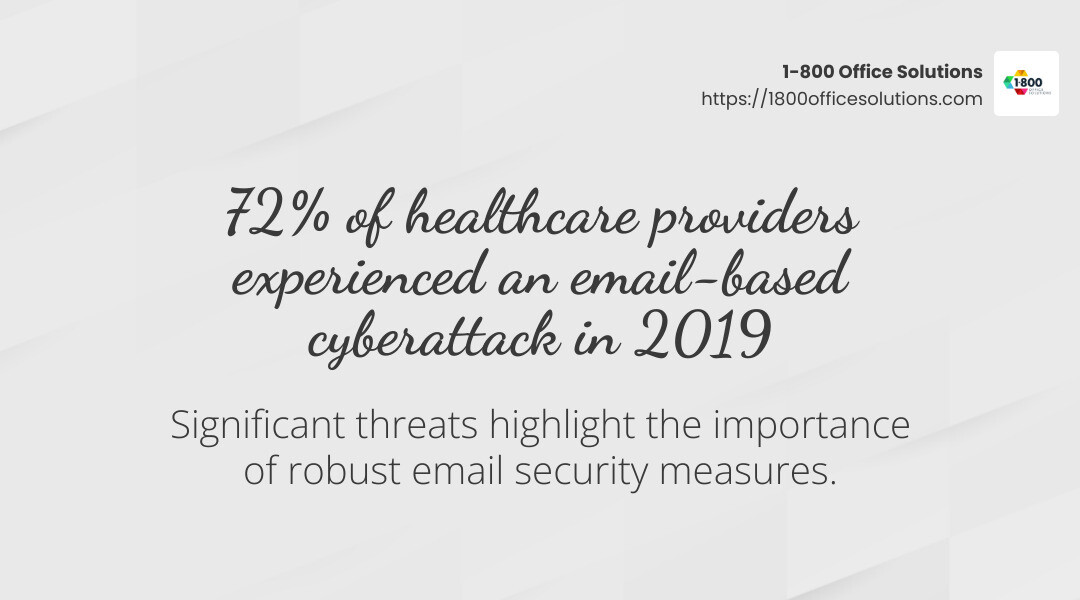
By leveraging these email security solutions, healthcare organizations can significantly reduce the risk of breaches and protect sensitive patient information. Next, we’ll tackle some frequently asked questions about email security for healthcare, shedding light on best practices and solutions for HIPAA compliance.
Frequently Asked Questions about Email Security for Healthcare
How to ensure HIPAA compliance in email?
Encryption is your first line of defense. It transforms sensitive data into a code that only authorized parties can read. For HIPAA compliance, ensure that emails containing ePHI are encrypted both in transit and at rest. End-to-End Encryption and Transport Layer Security (TLS) are popular methods to secure emails.
Access controls are equally important. Implement Multi-Factor Authentication (MFA) to add an extra layer of security. This means users need more than just a password to access email accounts. Role-Based Access Control (RBAC) further restricts email access based on user roles, ensuring that only authorized personnel can view sensitive information.
What are the best practices for email security in healthcare?
Start with Data Loss Prevention (DLP) tools. These monitor outgoing emails for sensitive content and enforce policies to prevent unauthorized sharing of ePHI. It’s like having a virtual guard checking every email before it leaves your system.
Security awareness training is crucial. Educate your staff about email threats like phishing and how to recognize suspicious emails. Regular training sessions can significantly reduce the risk of human errors that lead to data breaches.
How to choose an email security solution?
When selecting an email security solution, focus on encryption capabilities. The solution should offer robust encryption methods to protect emails both in transit and at rest.
Look for solutions with strong audit controls. These provide detailed logs of who accessed emails and when, essential for monitoring and ensuring compliance with HIPAA regulations.
Consider solutions that integrate access controls seamlessly. Features like MFA and RBAC should be easy to implement and manage.
Finally, evaluate the solution’s Data Loss Prevention features. A good DLP tool will help enforce policies and prevent accidental or intentional data leaks.
By focusing on these components, healthcare organizations can choose an email security solution that not only protects sensitive information but also ensures compliance with HIPAA regulations.
Conclusion
In the healthcare industry, securing email communications is not just a technical necessity—it’s a legal obligation. At 1-800 Office Solutions, we understand that email security for healthcare is crucial for maintaining HIPAA compliance and protecting sensitive patient data.
Our approach combines cutting-edge technology with practical strategies to safeguard electronic Protected Health Information (ePHI). We offer comprehensive solutions that include encryption, access controls, and regular audits to ensure your organization meets all regulatory requirements.
Why Choose 1-800 Office Solutions?
We provide custom email security solutions designed specifically for healthcare providers. Our services integrate seamlessly with existing systems to improve security without disrupting daily operations. With our expertise in managed IT services, we ensure that your email communications are secure, efficient, and compliant.
Benefits of Our Email Security Solutions
- Advanced Encryption: Protects emails both in transit and at rest, ensuring that sensitive information remains confidential.
- Access Controls: Multi-Factor Authentication and Role-Based Access Control prevent unauthorized access to sensitive data.
- Regular Audits: Detailed logs and monitoring help maintain compliance and quickly identify potential security threats.
By partnering with us, healthcare organizations can focus on patient care, knowing their email communications are secure and compliant. To learn more about how we can help you achieve robust email security, visit our Email Security Solutions page.
Protect your healthcare organization with 1-800 Office Solutions—because when it comes to email security, prevention is the best prescription.




